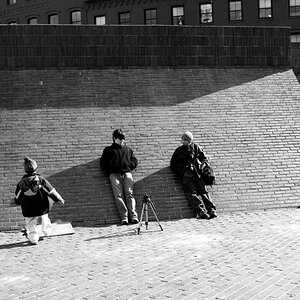Ysarex
Been spending a lot of time on here!
- Joined
- Nov 27, 2011
- Messages
- 7,139
- Reaction score
- 3,698
- Location
- St. Louis
- Can others edit my Photos
- Photos OK to edit
Gentlemen, ladies, you are muddling my brain. Allow me to present what I have held to be true this far. Acceptable CoC is what you need on your sensor or negative in order to stay within the 0.2 mm limit in an 8x10 inch print. The table above makes perfect sense. Smaller neg calls for more lp/mm because of the bigger enlargement factor.
Yep, smaller neg = smaller CoC and larger neg = larger CoC and the same is true for sensors.
The sensor will only come into play, as will film grain, when it is not suitable to record the necessary lp/mm.
Nope. That's a huge leap from size of film and/or sensor to film grain. Nowhere in the explanation above is CoC linked to film grain and I'm betting the same goes for your old Rollei manual. The resolution of the recording medium can become a complicating factor but it is not used in DOF calculations as likewise the resolution of the optic is not used.
Look above at that calculation for hyperfocal distance and consider the variables used in the equation. I don't see a variable there for film grain and/or sensor resolution.
Other than that, it's a matter of optics. This may be a simplification, but it was good enough for the manual of my 1957 Rolleiflex, and I think it will have to be for me.
Joe
Last edited:



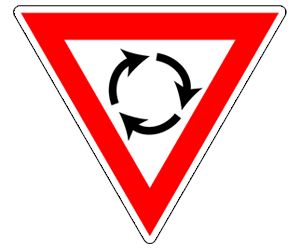
![[No title]](/data/xfmg/thumbnail/31/31012-f5e0c7cdea2f2c3e44737e3f61c2461a.jpg?1619734567)

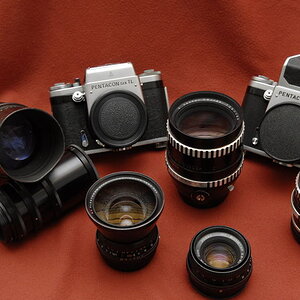
![[No title]](/data/xfmg/thumbnail/31/31013-b871f1d295c83b831c1423028e1ce5dc.jpg?1619734568)
![[No title]](/data/xfmg/thumbnail/36/36300-760519cb9a8ebbfc57cc3d1fda5dd37c.jpg?1619737494)
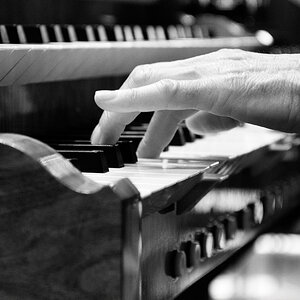
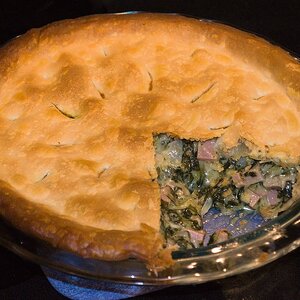

![[No title]](/data/xfmg/thumbnail/31/31011-439c1242fe08cf6b54f32bf06523a567.jpg?1619734567)
